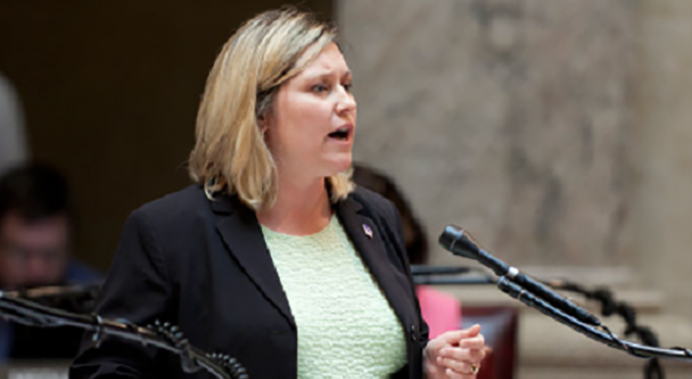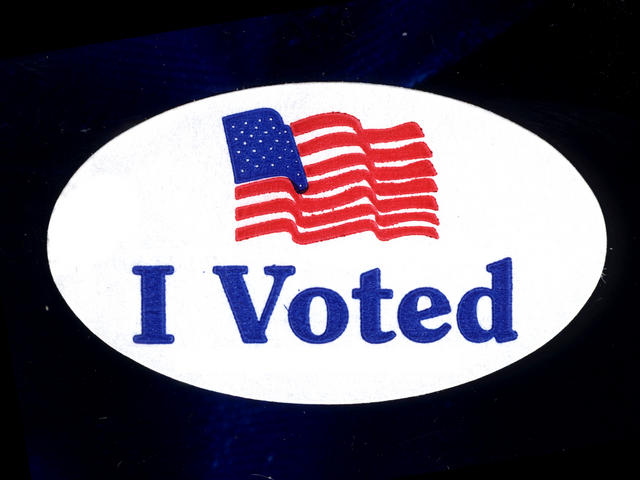Lassa: Domestic Violence is a Silent Epidemic

By State Senator Julie Lassa
A silent epidemic is raging all around us. It results in tens of thousands of injuries throughout the state and claimed the lives of 58 Wisconsin citizens last year alone. Thousands more live in fear and intimidation, and often watch on as their children’s safety is threatened. Yet many of us are unaware of this epidemic, until it touches us personally.
The epidemic I’m speaking of is domestic violence, defined as the use of physical, sexual or psychological threats and intimidation by one intimate partner against another. October is National Domestic Violence Awareness Month, giving us an opportunity to lift the veil from this often hidden cause of trauma, injury and death.
According to the Wisconsin Department of Justice, in a typical year more than 28,000 instances of domestic violence are reported to law enforcement authorities; more than half result in arrests. While both men and women of all ages are victims or perpetrators of domestic violence, the overwhelming proportion of victims are women, and an equally large proportion of perpetrators are men. Both perpetrators and their victims tend to be people younger than 30.
Our stereotypical idea of a domestic violence incident is of a woman being beaten by her husband or boyfriend during an argument. But domestic violence is often part of a systematic pattern of one partner exercising control over the other, and does not always involve physical abuse. Domestic violence can manifest as the abusive partner constantly belittling or shaming the victim, cutting them off from family and friends, completely controlling household finances, or stalking the victim in person or on the Internet. It can escalate to forcing sex on the victim, destroying their property, or threatening the victim or the victim’s loved ones with violence. It’s important to remember that psychological and emotional threats and coercion can be just as traumatic to the victim as physical violence.
How do abusive relationships develop? Because abusive behavior tends to escalate over time, it is not always easy to recognize when a person has the potential to become a perpetrator of domestic violence. Abusers often inflict feelings of helplessness and dependency, so victims may have real fear of the consequences that leaving the relationship may have for themselves, their children or their loved ones. And if the victim does attempt to leave, the abuse may become even worse, resulting in relentless harassment and even death threats. One third of the homicides that result from domestic violence incidents occur within two months of the victim getting a restraining order against their partner.
To escape an abusive relationship, victims need the help of organizations that can provide safe shelter and information about how to protect themselves from their abusers. They also need law enforcement and the courts to issue and enforce restraining orders and hold perpetrators responsible for their actions. I’ve cosponsored legislation that made it a crime to violate the 72 hour no-contact condition imposed after arrest for a domestic abuse incident, created a program to protect the confidentiality of victims’ addresses, and that made it easier for domestic violence victims to adopt new identities to escape from their abusers.
If you or someone you know needs help escaping from an abusive relationship, call the National Domestic Violence Hotline at 1-800-799-7233 (SAFE). The National Coalition Against Domestic Violence website, www.ncadv.org, contains a wealth of information for victims and their friends and family members about how to recognize the signs of domestic violence, how to leave an abusive relationship, and where to find help. You can also find out how to help with the efforts of organizations in your community that provide protection and support for victims.
National Domestic Violence Awareness Month is a good opportunity to shine a light on the epidemic of domestic abuse, and commit ourselves to providing victims with the shelter, support and protection they need.





